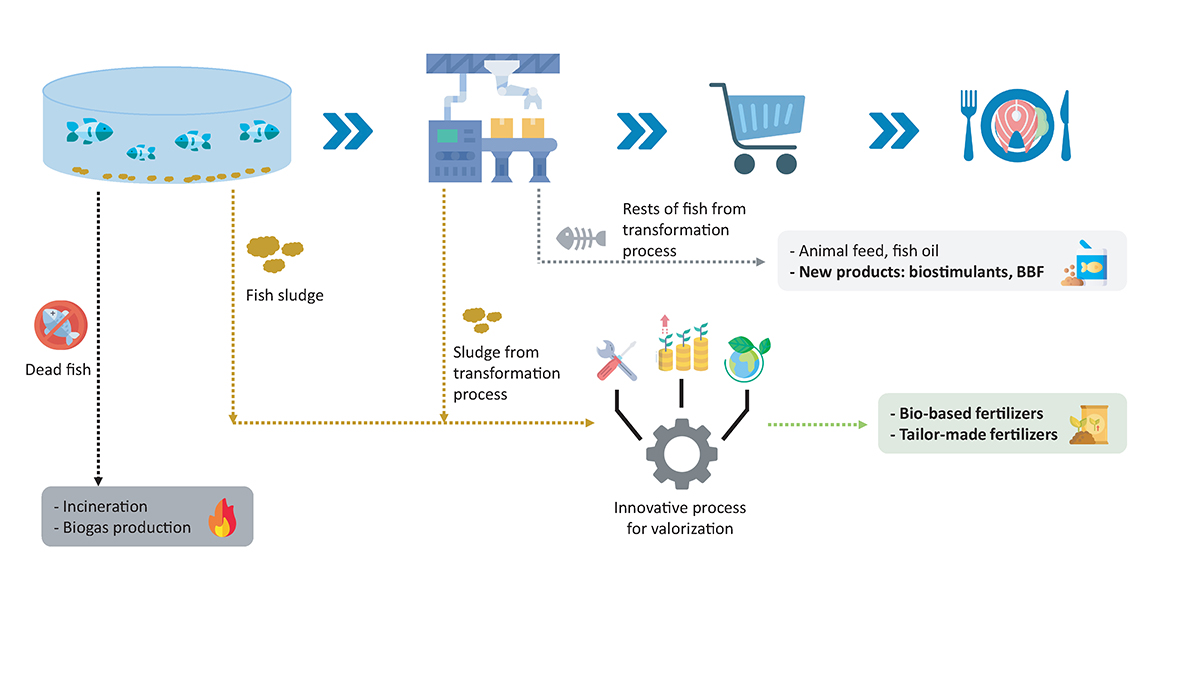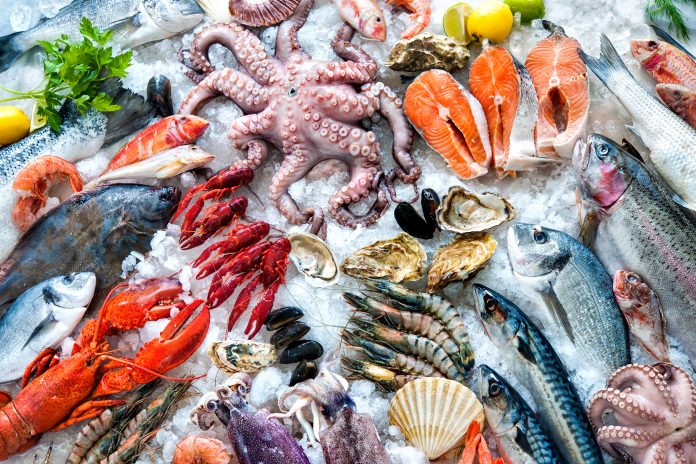Sergio Ponsá Salas, Director, BETA Technological Center (UVic-UCC), describes boosting the transition of the aquaculture sector towards the bioeconomy, with discussion ranging from aquaculture industry by-products to bio-based fertilizers
The food requirements of a growing human population are linked to the increase of several food production sectors. The aquaculture industry- understood as farmed fish, shellfish and aquatic plants – is one of the fastest- growing and promising food sectors. Nowadays, aquaculture contributes to 46% of global fish production, although it is expected to grow up to 53% by 2030.
European aquaculture sector: Challenges & opportunities
The European aquaculture products market is fast growing with an annual consumption of 13 million tonnes in 2018, although only 3 million tonnes were actually produced in Europe, with the rest being imported. Therefore, the European aquaculture sector shows growth potential, accounting already with about 15,000 companies in 2018 and employing 69,000 people. The species with the highest production output in the European Union (EU) are Atlantic salmon (25% of the value of total aquaculture output), trout (14%), oysters (10%), European seabass (10%), seabream (10%) and mussels (8%). Spain is the European country with the highest aquaculture production volume, and the fourth-highest in production value, with €466 million produced in 2019.
Bearing in mind the numbers mentioned, the EU is trying to boost the transition towards a sustainable EU food system in the framework of the New Circular Economy Action Plan. Moreover, aligning the sector with the objectives outlined in the European Green Deal and, in particular, with the Farm to Fork strategy, is expected to build resilience and competitiveness in the sector. With this aim, the new strategic guidelines for more sustainable and competitive aquaculture in the EU make the EU aquaculture industry a reference sector, enhancing not only its sustainability, but also guaranteeing the production of healthy and quality food, ensuring animal welfare and ultimately, reducing the dependency on fish and seafood importation while creating quality jobs.
Reaching a zero-waste approach: Bio-based fertilizers (BBF) production
The aquaculture activity has associated the generation of large quantities of animal by-products (ABPs) not intended for human consumption and other wastes that need to be managed appropriately to minimise their potential health risk. The category of ABPs includes: dead animals due to disease or other causes (7-10% of total production); animals unfit for consumption for hygienic-sanitary reasons (~0.07%); rests of animals obtained by the transformation of the product (e.g. head, skeleton, fins, viscera and scales) (up to 70% of processed fish); and sludge, composed of fish faeces and animal feed (the production depends on the species and the growing stage, average 1 L of sludge is produced for each kilogram of feed fed on a fish farm).
The management of ABPs is directly related to their categorisation according to Regulation (EC) No 1069/ 2009. In this sense, dead animals are usually incinerated or transformed into biogas, previously a pressured sterilisation, whereas the rests of the animals obtained during the transformation process are frequently processed for the manufacturing of animal feed and fish oil. Although this current management of ABPs is suitable to minimise the risk to public and animal health, their significant content of valuable elements such as nutrients, fats or proteins, open the door to explore other alternative routes to transform these by-products into high added-value products (e.g. bio-based fertilizers or biostimulants) and, to bring the aquaculture sector towards the circular bioeconomy concept.
The fish sludge requires special attention because the fast growth of land-based aquaculture during the last few years and the ever-increasing application of recirculating aquaculture systems have significantly increased the volume of sludge generated in the aquaculture installations. The composition of the fish sludge, with a high content of nutrients and minerals, evinces its potential as a fertilizer product. Nevertheless, its direct use as a natural fertilizer is limited by governmental regulations, being necessary to examine suitable processes based on a holistic approach considering technical, economic and environmental indicators to produce high agronomic value products from aquaculture sludge.

To overcome this challenge, in the framework of SEA2LAND project (co-funded by the European Commission under the H2020 programme; Grant Agreement No. 101000402), BETA Technological Center (Catalonia, Spain) has proposed an innovative valorization system integrating technologies such as membrane systems, freeze concentration, biodrying, thermal treatment coupled to phosphorous-ash recovery and acid scrubber, to obtain products with agronomic value to be applied directly as BBF in field crops and others to be used as precursors for the formulation of tailor-made fertilizers. The fertilizing products obtained are:
- i) a nutrient-rich concentrate
- ii) ammonium sulfate/nitrate
iii) phosphorus-rich organic amendment
- iv) phosphoric acid
Benefits for the aquaculture sector
The production of fertilizing products from aquaculture industry by-products is considered an excellent opportunity to increase the sustainability of the aquaculture sector and to impulse its transition towards the bioeconomy, in accordance with the new strategic guidelines defined by the European Commission to promote the development of the aquaculture industry in the EU. This approach will not only entail a reduction in the costs associated with the management of some ABPs such as the fish sludge, but also could bring additional economic benefits to the aquaculture industries through the introduction of high added-value products in the fertilizer market.
The proposed strategy for the valorization of aquaculture industry by-products will contribute to the promotion of synergies between the aquaculture sector and other sectors, such as fertilizer companies and the agricultural sector, plus the creation of new business models where aquaculture industries could be involved either as raw material suppliers for fertilizer companies or direct BBF producers.
Please note: This is a commercial profile
© 2019. This work is licensed under CC-BY-NC-ND.











